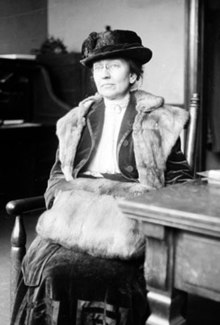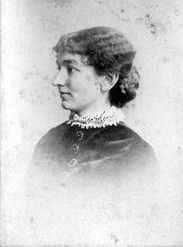
Laura Jane Addams was an American settlement activist, reformer, social worker, sociologist, public administrator, philosopher, and author. She was a leader in the history of social work and Women's suffrage. In 1889, Addams co-founded Hull House, one of America's most famous settlement houses, in Chicago, Illinois, providing extensive social services to poor, largely immigrant families. Philosophically a "radical pragmatist", she was arguably the first woman public philosopher in the United States. In the Progressive Era, when even presidents such as Theodore Roosevelt and Woodrow Wilson identified themselves as reformers and might be seen as social activists, Addams was one of the most prominent reformers.

Hull House was a settlement house in Chicago, Illinois, that was co-founded in 1889 by Jane Addams and Ellen Gates Starr. Located on the Near West Side of Chicago, Hull House, named after the original house's first owner Charles Jerald Hull, opened to serve recently arrived European immigrants. By 1911, Hull House had expanded to 13 buildings. In 1912, the Hull House complex was completed with the addition of a summer camp, the Bowen Country Club. With its innovative social, educational, and artistic programs, Hull House became the standard bearer for the movement; by 1920, it grew to approximately 500 settlement houses nationally.

Julia Clifford Lathrop was an American social reformer in the area of education, social policy, and children's welfare. As director of the United States Children's Bureau from 1912 to 1922, she was the first woman ever to head a United States federal bureau.

Rockford University is a private university in Rockford, Illinois, United States. It was founded in 1847 as Rockford Female Seminary and changed its name to Rockford College in 1892, and to Rockford University in 2013.
The settlement movement was a reformist social movement that began in the 1880s and peaked around the 1920s in the United Kingdom and the United States. Its goal was to bring the rich and the poor of society together in both physical proximity and social connection. Its main object was the establishment of "settlement houses" in poor urban areas, in which volunteer middle-class "settlement workers" would live, hoping to share knowledge and culture with, and alleviate the poverty of, their low-income neighbors. The settlement houses provided services such as daycare, English classes, and healthcare to improve the lives of the poor in these areas. The settlement movement also spawned educational/reform movements. Both in the United Kingdom and the United States, settlement workers worked to develop a unique activist form of sociology known as Settlement Sociology. This science of the social movement is neglected in the history of sociology in favor of a teaching-, theory- and research university–based model.

Flora Dunlap was an American social worker and social reform activist in Iowa. She served as the president of the Iowa Equal Suffrage Association in 1913. She headed the Roadside Settlement House in Des Moines, Iowa. Dunlap was the first woman to ever serve on the Board of Education of Des Moines. She was a friend of Jane Addams and a supporter of the Women's Suffrage Movement.
The child-saving movement emerged in the United States during the nineteenth century and influenced the development of the juvenile justice system. Child savers stressed the value of redemption and prevention through early identification of deviance and intervention in the form of education and training.
The Music School Settlement for Colored People was a New York City school established and operated to provide music education for African-American children, who were generally excluded from other music schools. The school was founded in the memory of violinist and composer John Thomas Douglass.
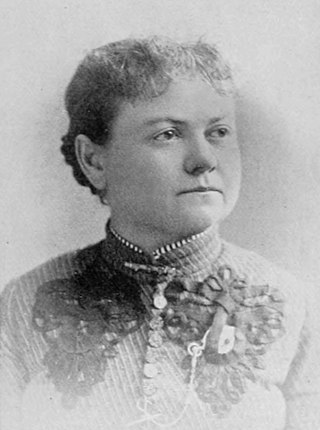
Alzina Stevens was an American labor leader, social reformer, and editor, active in Hull House in Chicago. She was one of the representative women in the order of the Knights of Labor and an ardent advocate of equal suffrage. She served on the editorial staff of the Toledo Bee and was half owner and editor of the Vanguard, an organ of the People's Party. Although her marriage to Mr. Stevens in 1876 or 1877, ended in divorce soon after, she kept her husband's surname.
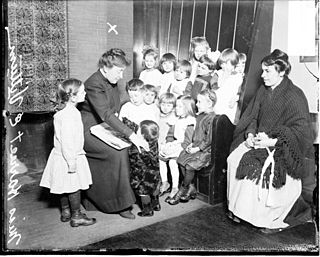
The Northwestern University Settlement House is an Arts and Crafts style house located at 1400 West Augusta Boulevard in Chicago, Illinois, United States. The Settlement Association was founded in 1891 by Northwestern University to provide resources to the poor and new immigrants to the West Town neighborhood. The actual Settlement House structure was built in 1901 by Pond & Pond. It was designated a Chicago Landmark on December 1, 1993.
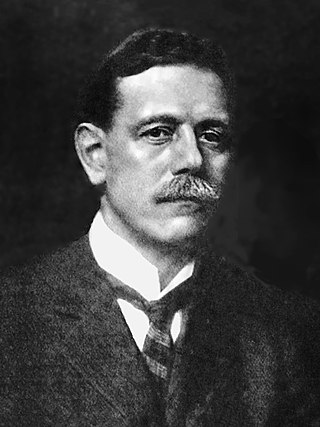
Irving Kane Pond was an American architect, college athlete, and author. Born in Ann Arbor, Michigan, Pond attended the University of Michigan and received a degree in civil engineering in 1879. He was a member of the first University of Michigan football team and scored the first touchdown in the school's history in May 1879.

Enella Benedict was an American realism and landscape painter. She taught at the School of the Art Institute of Chicago and was a founder and director for nearly 50 years for the Art School at the Hull House.
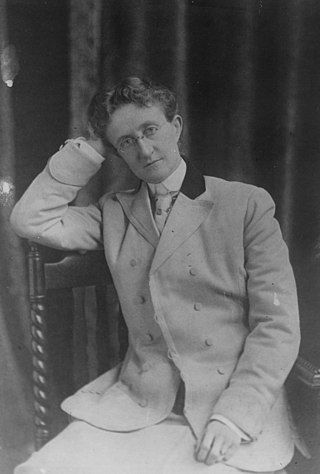
Dr. Cornelia De Bey was a Progressive Era reformer, homeopathic doctor, Chicago public school administrator, labor advocate, and leader in the women's suffrage movement. She worked with the famous Hull House community of social reformers, including Jane Addams, Julia Lathrop, Alice De Wolf Kellogg, and Ellen Gates Starr. She advocated for major school administration reform, exposing corruption, advocating for more democratic decision-making, and defending the unionization of teachers.
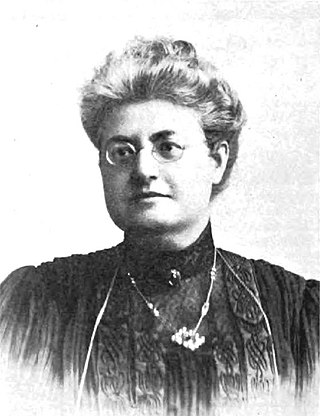
Eleanor Sophia Smith was an American composer and music educator. She was one of the founders of Chicago's Hull House Music School, and headed its music department from 1893 to 1936.
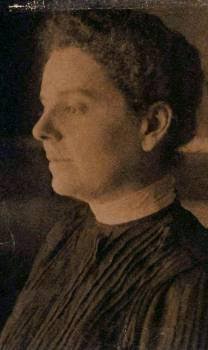
Mary Rozet Smith was a Chicago-born US philanthropist who was one of the trustees and benefactors of Hull House. She was the partner of activist Jane Addams for over thirty years. Smith provided the financing for the Hull House Music School and donated the school's organ as a memorial to her mother. She was active in several social betterment societies in Chicago at the turn of the 20th century.
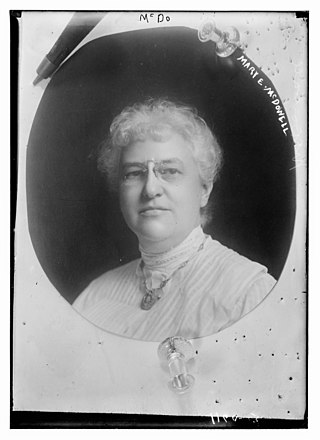
Mary Eliza McDowell was an American social reformer and prominent figure in the Chicago Settlement movement.

Eleanor McMain (1868–1934) was an American settlement house worker and progressive reformer in early-20th-century New Orleans. McMain served as head resident of Kingsley House, the largest and most influential settlement house in the American South, transforming Kingsley House into a focal point of progressive movements in the New Orleans area. Additionally she furthered women's causes at a time of suffrage.
Anna Wilmarth Thompson Ickes was an American politician and activist.
Clara Landsberg was an American educator. She was the leader of the adult education programme at Hull House, and was a close collaborator of Nobel laureate Jane Addams. She later taught at Bryn Mawr School with her lifelong friend Margaret Hamilton.
Helen Chadwick Thayer was an American suffragist and social reformer. A pioneer in the settlement movement era, she was a co-founder and president of the College Settlements Association (CSA). She was an alumnæ trustee of Smith College.
